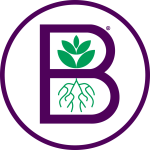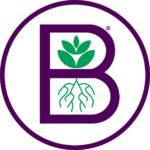Exploring the Functional Beverages and Functional Foods Market
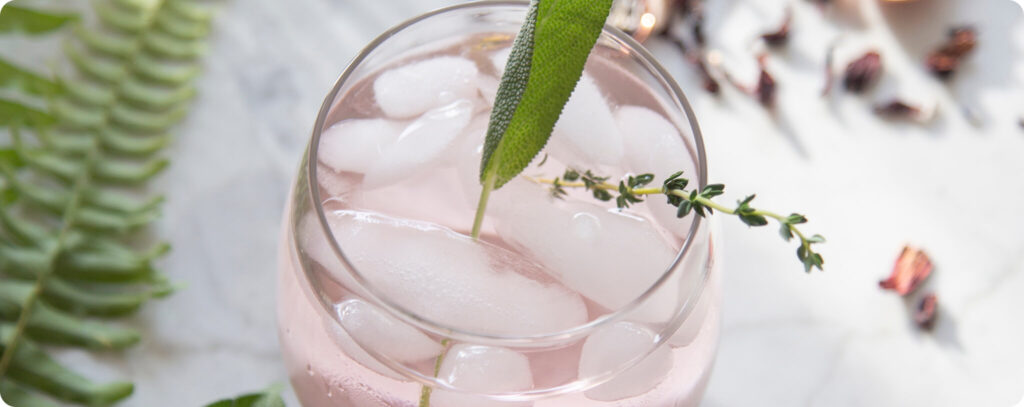
The food and drink aisle has evolved from quenching thirst and quieting hunger to curating daily moments of purpose. Consumers, freshly attuned to ingredient lists, sustainability stories, and experiential flavors, are gravitating toward functional beverages and foods that promise “something extra” without compromising enjoyment. And while definitions vary, experts agree that the broader functional foods and beverages market is now a proving ground where taste, transparency, and trusted science intersect.
For formulators and brand builders in the food, beverage, and dietary supplement industries, this shift is more than a trend report; it’s a call to craft products that fit into consumers’ holistic lifestyles. As we explore what functional beverages are and how foods follow suit, one message is clear: function without authenticity rings hollow. Brands that anchor their recipes in rigorously sourced botanicals stand to shape the next decade of innovation, and that’s where a partner like Bio-Botanica comes in.
Defining the Landscape: What Are Functional Beverages and Foods?
Let’s begin with the basics: What is a functional beverage? In short, it’s any non-alcoholic drink enhanced with ingredients that offer a specific, purposeful benefit; something that supports a lifestyle goal, mood state, or wellness intention. These beverages often feature plant-based botanical extracts, vitamins, minerals, or other bioactive compounds that align with what consumers are already seeking from their supplements or self-care routines.
So, what are functional beverages compared to functional foods? The difference is more about format than function. Where beverages offer on-the-go convenience and faster consumption, functional foods deliver their benefits through familiar formats like bars, yogurts, snacks, or cereals. In both cases, what sets these products apart is intention. Each one is developed not just to nourish, but to support something deeper: balance, energy, calm, clarity.
A Quick Look at FDA Guidelines
It’s important to note that in the U.S., there’s no regulatory category called “functional.” These are still considered foods or beverages under FDA guidelines, meaning any claims must stay within the bounds of structure/function language and must not imply disease treatment or prevention. For suppliers and formulators, this means the emphasis must fall on quality sourcing, formulation precision, and the quiet confidence of ingredients that speak for themselves.
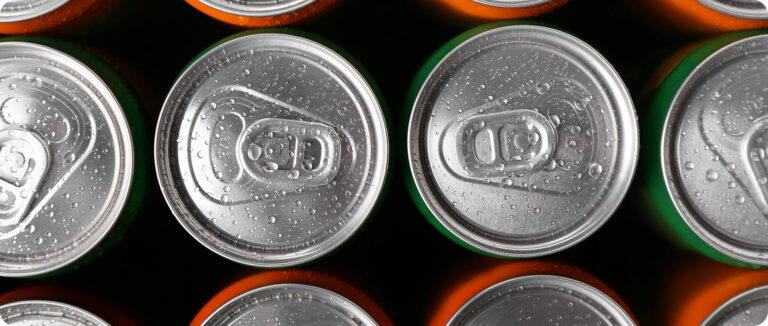
Inside the Functional Foods and Beverages Market
The functional foods and beverages market has become one of the most dynamic and fastest-growing segments in the global wellness economy. Once a niche corner reserved for niche health stores or fitness-specific offerings, functional products are now mainstream, stocked in supermarket coolers, convenience store shelves, and direct-to-consumer websites.
The market’s momentum is powered by a convergence of long-term consumer shifts. Wellness is no longer a once-a-day ritual; it’s become an all-day decision. Functional beverages, in particular, are capturing attention for their ability to replace legacy options like sodas or sugary energy drinks.
At the same time, functional foods continue to evolve beyond traditional categories like cereals or fortified snacks. We’re now seeing plant-based formats, hybrid supplement-snack bars, and fermented pantry staples that blur the line between nourishment and intention. While functional beverages may be the category’s sprinting frontrunner, functional foods provide long-term stability and scale.
Together, these two sectors form a nearly $400 billion global market, and that figure is expected to nearly double over the next decade.
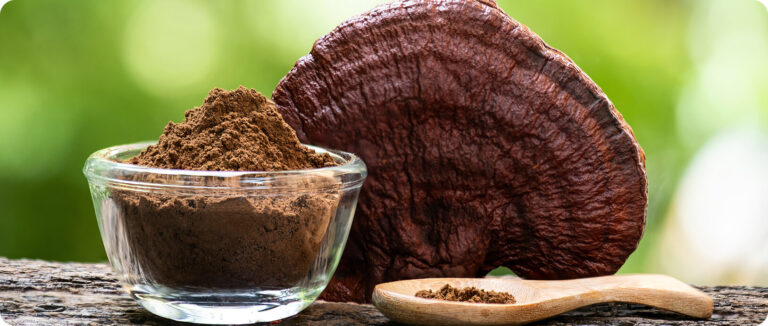
The Role of Botanicals: Natural Foundations for Function
As the demand for functional foods and beverages grows, so does the spotlight on the ingredients behind the promise. Few ingredient classes are as foundational, flexible, and storied as botanicals.
In the modern market, botanical ingredients help define product identity, offering recognizable names, clean-label appeal, and cultural resonance that speaks to discerning consumers. A splash of Reishi or Schisandra isn’t just a flavor note; it’s a signal of care, craft, and connection. For developers in the functional foods and beverages market, these ingredients create opportunities to innovate with meaning.
Product Development Considerations in This Category
Formulating a successful functional beverage or food takes more than a compelling ingredient list. It’s a balancing act between sensory experience, technical feasibility, regulatory compliance, and brand storytelling. For developers working with botanical extracts, every decision matters.
- Taste is paramount. Many herbal extracts come with bold or bitter flavor profiles, which must be balanced (sometimes masked) without compromising clean-label standards.
- Solubility also varies across plant materials; what works beautifully in a powdered snack bar might cloud or settle in a ready-to-drink format.
- Color can be another factor: some ingredients may offer distinctive, vibrant hues, while others may shift over time if not properly stabilized.
Regulatory Readiness
Regulatory readiness is another essential layer. In the U.S., products classified as foods or beverages must ensure that ingredients meet GRAS (Generally Recognized as Safe) status or conform to food additive regulations. Structure/function claims must be accurate, substantiated, and compliant with FDA guidelines, especially in a market increasingly scrutinized for transparency.
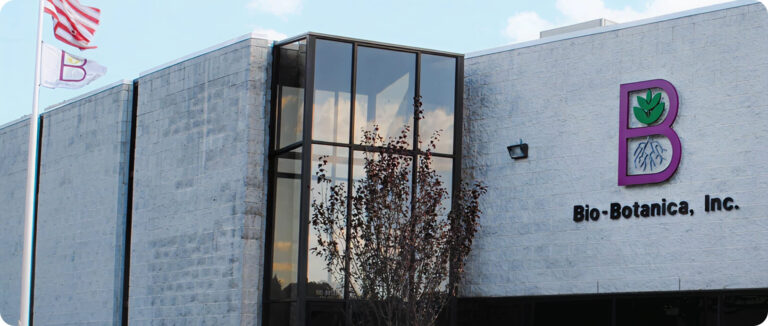
Why Partner with Bio-Botanica?
In a marketplace flooded with functional claims and fleeting trends, credibility is currency, and that starts with the integrity of your ingredients. At Bio-Botanica, we steward botanical extracts from field to final form, ensuring every batch reflects the full potential of the plant and the priorities of modern product development.
Our vertically integrated, FDA-inspected facility in Hauppauge, New York, houses everything under one roof: sourcing, extraction, ID verification, and state-of-the-art quality control. Whether you’re developing a sparkling functional beverage or a shelf-stable food bar, you can count on strong analytical data, lot-level traceability, and technical documentation to support your team’s regulatory and formulation needs.
We offer over 500 standardized and custom extracts–from well-known botanicals to niche herbs with growing consumer awareness–and every one can be tailored to your preferred solvent ratios, sensory targets, and functional goals. Our in-house R&D and microbiology teams work alongside you to ensure that your product performs on the shelf and in the hands of your consumers.
Looking Ahead: What’s Next for Function-Forward Innovation
The functional foods and beverages market is evolving. Today’s consumers aren’t chasing isolated benefits; they’re seeking products that align with their values, rituals, and rhythms. As a result, the next wave of innovation is less about novelty and more about integration; how function shows up in formats that feel familiar, flexible, and emotionally resonant.
Expect to see continued growth in personalized wellness offerings, where products are tailored to lifestyle, mood, or time of day. Nootropic beverages, hybrid snacks that blur the line between supplements and indulgence, and botanical-forward formats that celebrate flavor as much as function will define the next chapter. Taste, storytelling, and ingredient transparency will carry just as much weight as efficacy claims.
Botanicals, especially those with deep cultural histories and sensory intrigue, are uniquely positioned to thrive in this landscape. They bring layers of flavor, ritual, and reverence that synthetic ingredients can’t replicate.
Frequently Asked Questions: The Functional Foods and Beverages Market
Have questions about where the functional foods and beverages market is headed? These FAQs offer practical insights into emerging trends, consumer behavior, and formulation opportunities shaping the future of this fast-evolving category.
How is sustainability influencing the functional beverage space?
Sustainability is becoming a core differentiator, with brands exploring upcycled ingredients, eco-friendly packaging, and transparent sourcing. In the functional beverages category, sustainability now intersects with ingredient story and consumer trust.
How are functional foods and beverages positioned at retail?
Retailers are increasingly giving functional products their own shelf space, often grouping them by benefit (e.g., energy, focus, relaxation) rather than by format. This shift makes it easier for consumers to shop by intention rather than just product type.
How do functional beverages compare to supplements in terms of consumer appeal?
Functional beverages are seen as more approachable and easier to integrate into daily routines than pills or capsules. Their sensory experience—flavor, texture, and refreshment—adds an emotional layer to the functional benefit.
Bring Purpose to the Table with Bio-Botanica
In a market where every ingredient tells a story, functional beverages and foods invite consumers to care, to pause, and to nourish with intention. But for that promise to land, the foundation must be solid: authentic ingredients, verified quality, and formulation support rooted in experience.
At Bio-Botanica, we believe that function begins with integrity. Our botanical extracts are crafted not only to meet your specifications but to exceed your expectations, whether you’re launching a new wellness tonic, reimagining a legacy food line, or exploring what’s next in the evolving functional foods and beverages market. We’re here to help you bridge the gap between nature’s potential and commercial reality with extracts that respect the plant, support your formulation goals, and meet the moment.
Request a free sample today! Let’s build the next generation of functional innovation together.
